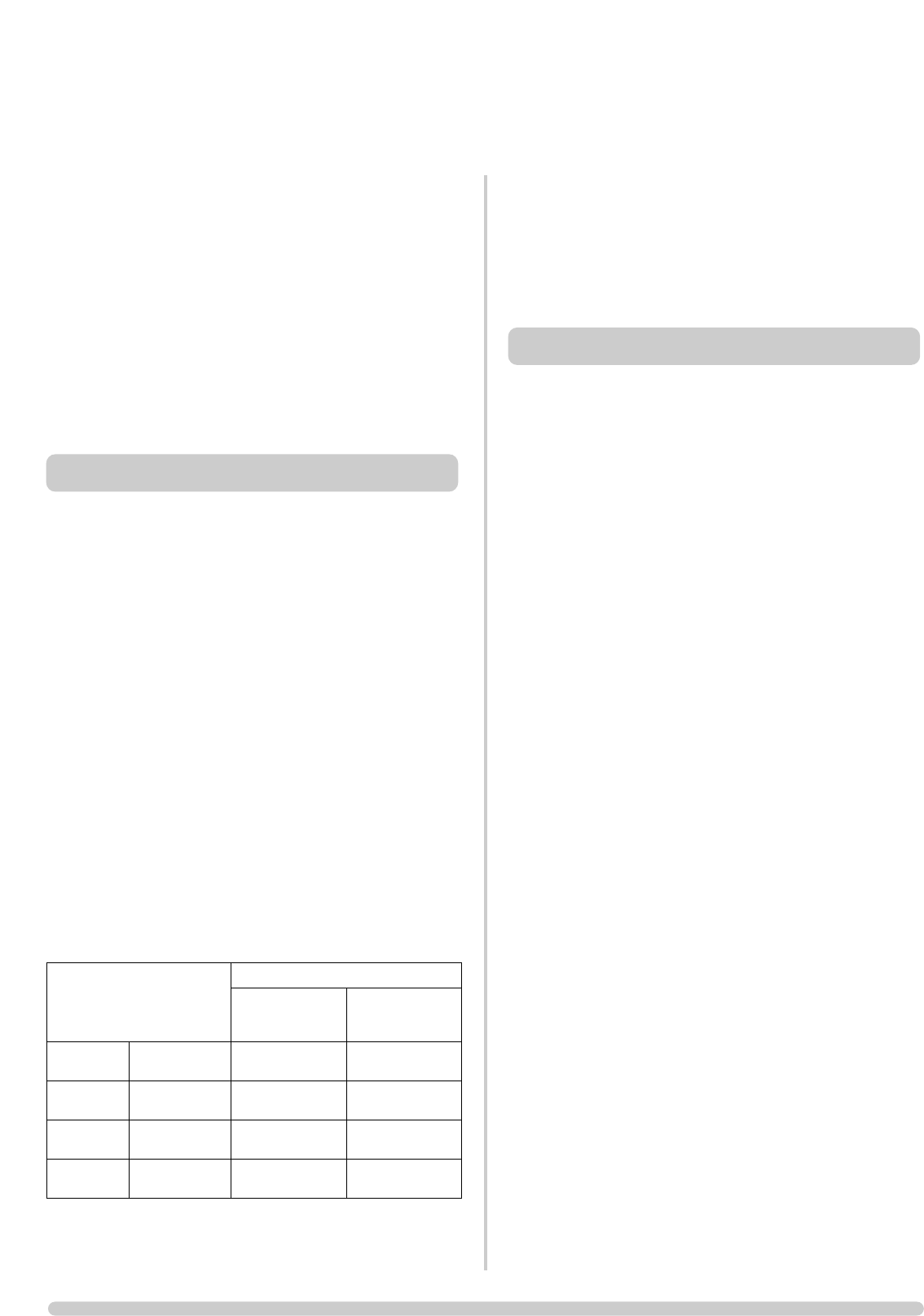
10
OPERATING INSTRUCTIONS
7.2 As heat can remain in the ash for a long period after use, care
must be taken when removing and carrying the full ashpan.
W
e suggest that the ashpan is carried using gloved hands. Or
the ash is placed directly in to a Stovax Ash Caddie. (Stovax
part number 4227)
7.3 When burning wood the quantity of ash will be smaller and
m
ay only need removal once every week. To do this, allow
the fire to burn out and cool. Then after removing the log
retainer, scoop out the ash with a suitable shovel. It is best to
l
eave a layer of ash in the stove to form a bed for the new fire.
7.4 Do not place ash in a bin made from plastic or any other
c
ombustible material.
8.1
Wood:- Burn only seasoned timber, with a moisture content of
less than 20%. In most cases this would require drying cut
wood for 12 to 18 months before use. Poor quality timber
could cause low combustion efficiency, produce large amounts
of harmful condensation, which could reduce the effectiveness
of the airwash system, and ultimately the life of the stove.
Do
not burn painted, impregnated/treated wood, manufactured
board products, constructed timber or pallet wood.
To help avoid large build-ups of tars and creosote within the
stove and the flue system, it is recommended to burn at high
output for at least 30 minutes each day. The use of Stovax
Protector chimney cleaner will also help to reduce this
problem.
8.2
Solid fuel:- Burn manufactured smokeless fuels listed as
suitable for use with closed heating stoves.
Do not burn
bituminious coal, ‘petro-coke’ or other petroleum based
fuels, as this will invalidate the product guarantee.
8.3 Fuel consumption at nominal heat output:
As tested to the requirements of EN13240:2001 for
intermitent operation.
Description Fuel Consumption
Kg/Hour
Briquette
Smokeless Fuel
RVF40AV
Riva F40
Avanti
1.5 0.7
RVF40AVM
Riva F40
Avanti Midi
1.5 0.7
RVF40AVH
Riva F40
Avanti Highline
1.5 0.7
RVF40C
Riva F40
Cube
1.5 0.7
If you require advice on suitable solid fuels contact your local
Approved Coal Merchant. Details can be obtained by ringing
t
he Solid Fuel Association advice line on Freephone 0800 600
000. Or their web site at www.solidfuel.co.uk
A
number of factors can effect the performance of the Riva
stove. Some of these are listed.
9
.1 Fuel Quality (Wood)
Use only seasoned wood with a moisture content of less than
20%. Symptoms of poor performance related to wet woods
include:
• Dirty firebricks,
• Difficulty getting a fire going and keeping it burning well,
• Smoky fires with little flame,
• Dirty glass,
• Rapid creosote build-up in the chimney,
• Low heat output,
• Short burn times, excessive fuel consumption and blue/grey
smoke from the chimney.
9.2 Fuel Quality (Solid Fuel)
Use only recommended solid fuels, which are approved for
use with closed appliances. Symptoms of poor performance
related to unsuitable fuels include: -
• Dirty glass,
• Difficulty getting a fire going and keeping it burning well,
• Smoky fires with little flame,
• Dirty firebricks
•
Short life span for grate, baffles and internal firebricks,
• Permanent staining of glass.
9.3 Backpuffing
This is caused by a lack of combustion air entering the
firebox causing combustion gases to build up in the
firebox and periodically ignite as small explosions,
causing smoke to puff out of the appliance air inlets and
other openings. The problem will often occur if the air
controls are shut soon after adding new fuel to a very hot
fire. To stop backpuffing occurring open the air controls to
increase the combustion air and increase the burning rate.
9.4 Flue Draught
The chimney has two main functions, which are, to safely
remove the smoke, gases and fumes from the house, and to
provide a sufficient amount of draught (suction) in the Riva
8. RECOMMENDED FUELS
9. BURNING PERFORMANCE
Kg/Hour
Wood


















